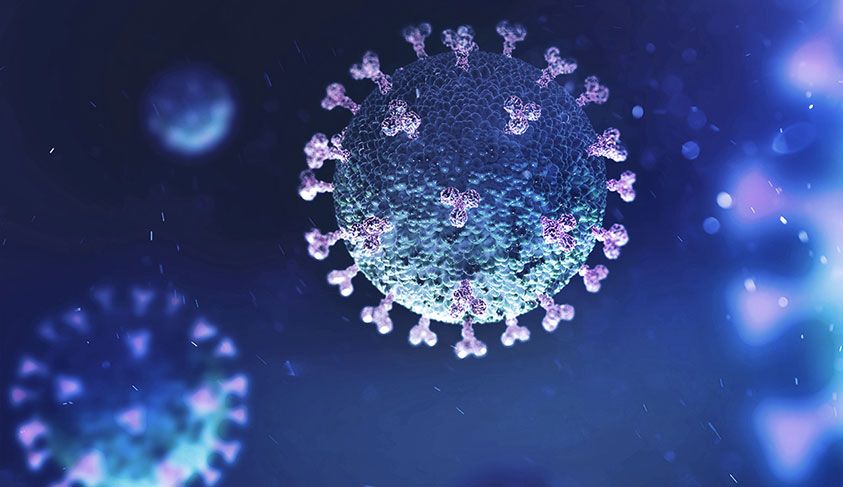在2019冠状病毒后的世界卫生安全变得更重要。有关数字化取模和传统取模在卫生方面安全的独立研究显示什么结果?
欢迎阅读并了解4个主要结果。

1.传统的取模工作流程需要更多的步骤,包括材料处理和运输到技工所
传统的印模技术需要处理多个项目,包括托盘、牙科蜡咬块,印模材料和其他相关项目。进行数字化取模不需要上述所有项目1。
传统印模/石膏模型涉及到技工所的运输,这会增加交叉感染的风险2、3,另外,涉及在潜在潮湿的条件下花数小时的时间。使用TRIOS口内扫描仪取数字化印模不需要从诊所运输到技工所。
2.传统印模在消毒方面有挑战性,而数字化扫描件无需进行消毒
对于印模材料的消毒有许多化学溶液和技术方面的建议4、5。
对于TRIOS口内扫描仪而言,只需要彻底清洁并进行扫描患者后的消毒。这包括清洁和消毒扫描仪机身的严格说明以及扫描头高压灭菌的说明以确保每次使用扫描仪的适当消毒。
3.技工所和诊所之间传统印模和石膏模型的处理会提高交叉感染的风险
牙科技工所员工收到来自诊所的印模后有感染的风险。从牙科技工所运回牙科诊所的模型也可成为交叉感染的来源6、7 。
来自诊所的传统印模必须在技工所进行消毒,以确保模型中不包含微生物,这些微生物可以在材料中存活长达一周8、9。
数字化印模不涉及到石膏模型的处理,因此可大幅降低交叉感染的风险。
4.手动创建矫治器或修复体会提高技工所中的感染风险
以传统方式创建矫治器或修复体会提高感染风险10。因此需要延长消毒的操作时间。
数字化设计解决方案要求大幅减少的处理11、12。此外,牙科矫治器制造过程中自动化的提升几乎不需要人工干预13。
阅读提示
一个汇集从临床研究发现到牙科专业人士经验的地方。
介绍关于口内扫描仪准确度研究与专业人士观点的文档。
参考资料:
1.Barenghi L, Barenghi A, Cadeo C, Di Blasio A. Innovation by Computer-Aided Design/Computer-Aided Manufacturing Technology:A Look at Infection Prevention in Dental Settings.Biomed Res Int. 2019 Aug 6;2019:6092018.
2.Sofou A, Larsen T, Fiehn N. et al. Contamination level of alginate impressions arriving at a dental laboratory.Clin Oral Invest.2002; 6, 161–165.
3.Vazquez-Rodrıguez I, Estany-Gestal A, Seoane-Romero J, Mora M, Varela-Centelles P, Santana-Mora U. Quality of cross-infection control in dental laboratories.A critical systematic review.Int. J Quality in Health Care.2018:30 (7):496–507.
4.Mushtaq MA, Khan MWU .An overview of dental impression disinfection techniques:a literature review.J Pak Dent Assoc 2018;27(4):207-12.
5.Chidambaranathan A, Balasubramanium M. Comprehensive Review and Comparison of the Disinfection Techniques Currently Available in the Literature.J Prosthodont.2019;28(2):e849-e856.
6.Verran J, Kossar S, McCord JF.Microbiological study of selected risk areas in dental technology laboratories.J Dent.1996; 24:77-80.
7.Sykes LM, Said M, Ehlers M, Mateis SM, van Dyk C, Dullabh HD.Microbial contamination of denture polishing equipment.S. Afr. dent. j.2019; 74(3):116-122.
8.British Dental Association.Health Technical Memorandum 01-05:Decontamination in Primary Care Dental Practices.London:Department of Health; 2013
9.Sammy K, Benjamin S. Infection control mechanisms employed by dental laboratories to prevent infection of their dental technicians/technologists.J. Oral Health and Craniofacial Science 2016:1 (1), :001–011.
10.Barker C.S, Sor, V, Dymock D. et al. Microbial contamination of laboratory constructed removable orthodontic appliances.Clin Oral Invest.2014; 18, 2193–2202.
11.Suese K. Progress in digital dentistry:The practical use of intraoral scanners.Dent Mater J. 2020;39(1):52-56.
12.Ambili C, Prasad B. The era of future dentistry:Recent advances and future perspectives of restorative dentistry:A literature review.Int. J. Appl.Dent Sci. 2019; 5:111-116.
13.Rekow ED.Digital dentistry:The new state of the art — Is it disruptive or destructive?Dent Mat:2020; 36 (1):9-24